Whistler’s Peacock Room is Reimagined in a State of Oozing and Broken Decay
In Filthy Lucre, a new installation at the Sackler Gallery, artist Darren Waterston deconstructs Whistler’s masterpiece
Just as the National Portrait Gallery last year commissioned its first piece of earth art, a six-acre portrait in sand on the National Mall, the Arthur M. Sackler Gallery of Art is breaking new ground, presenting a radical contemporary work of art inspired by the Freer Gallery’s most iconic treasure: the Peacock Room by artist James McNeill Whistler.
Steps away from Whistler’s room, which is considered a masterpiece of the Aesthetic Movement, California painter Darren Waterston has created a life-size deconstruction of it in the adjacent Sackler Gallery. But Waterston reimagined the period room in a very 2015 way: appropriation with a tortured point of view. As if Mad Max had rampaged through it, the room is in a state of decay, its famous pottery smashed, shelves fractured and its gold paint oozing on to the floor. The Smithsonian has titled it “Peacock Room Remix: Darren Waterston’s Filthy Lucre.”
“This is a completely new form for us,” says Julian Raby, the director of the Sackler and Freer Galleries.
One that takes some explanation.
In 1876 Whistler created Harmony in Blue and Gold: the Peacock Room for the London home of the British shipping magnate Frederick R. Leyland. After Leyland commissioned the architect Thomas Jeckyll to design a dining room in the house where he could display his collection of Chinese porcelain, Leyland asked his friend Whistler to consult on the color scheme, probably because he had commissioned two Whistler canvases for the same room.
Whistler instead transformed the entire decor. With no one around (Jeckyll had taken ill and Leyland had left London after the summer social season), Whistler went wild. He covered nearly every square inch of the room—including its fine leather-covered walls, wooden shutters, wainscoting and ceiling—in teal blue. Over the blue he painted gold feathers, wave patterns and pairs of magnificent peacocks.
In Waterston’s version, the room is a decomposing still life. The paint has formed stalactites. The gilded spindles of the shelves are smashed. There are lichen-like growths under the mantle. The porcelain has been replaced with pottery from junk shops. Some pieces are on the floor, shattered; others sit on precarious perches. Instead of daylight, an ominous red glow peaks through the shutters.
In the background one hears muffled, whispering voices and a cello playing mournful, dissonant notes.
“This project is the perfect confluence of art, architecture and design,” says Lee Glazer, associate curator of American art at the Freer and Sackler galleries. “It’s a whole new way to present new and old together, taking the Peacock Room and putting it in conversation, even confrontation, with a major endeavor by a living artist.”
But what does “Filthy Lucre” mean?
“It is the story of the Peacock Room reimagined in three-dimensional form by Darren, who has taken animosity and turned it into a three-dimensional experience,” Raby says.
Animosity?
He is referring to the famous falling out between patron and artist. When Whistler demanded payment for his many months of work, Leyland refused, stating quite correctly that he had not commissioned it. Famously combative, Whistler was incensed and turned his ire on his patron. “Once friends, forever enemies,” he declared.
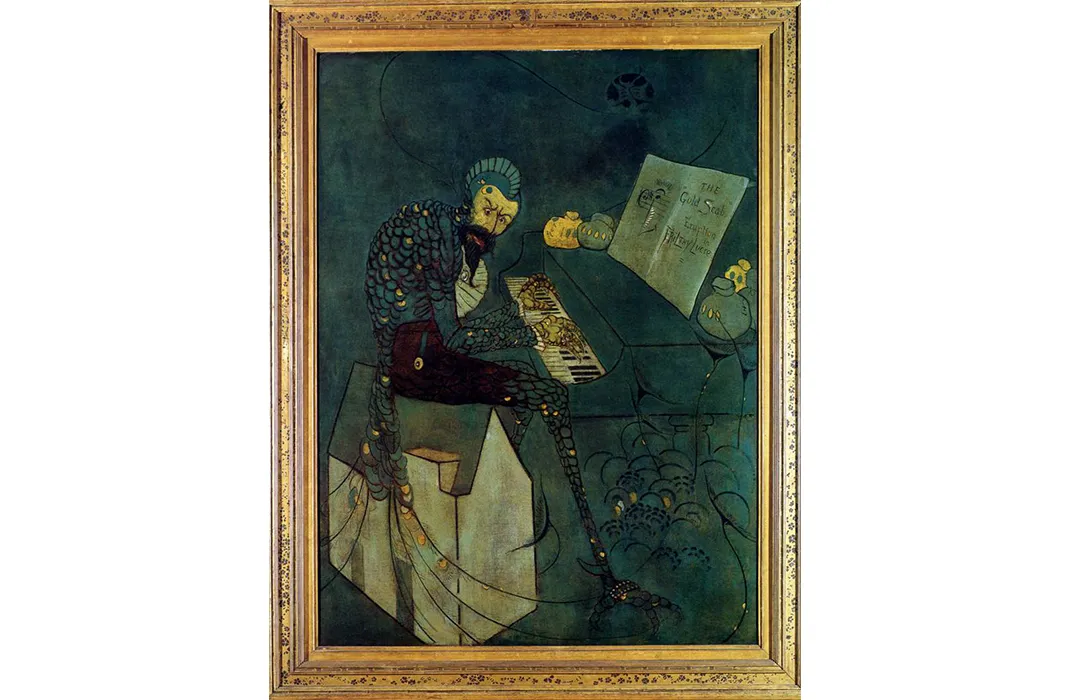
Art historian John Ott tells the tale in the excellent exhibition catalog: “Unable to secure his desired fee of two thousand pounds from Leyland, the artist’s only recourse was a pair of acidic visual satires: the sparring peacocks he added to the room’s south wall and titled Art and Money; or, the Story of the Room and a painted caricature of Leyland, The Gold Scab: Eruption in Frilthy Lucre (the Creditor).”
The fighting peacocks represent artist and patron. Whistler’s can be identified by a tuft of white hair, which the artist had. The puffed-up Leyland peacock has “feathers” in the form of gold coins.
Whistler’s caricature, a large canvas painted in 1879 that is also on view at the Sackler, depicts Leyland as demonic peacock man covered in scales of gold with talons for hands and feet. He plays a piano that has sacks of money piled on top. His piano seat is a white house, representing Whistler’s beloved studio, lost when Whistler was forced to declare bankruptcy soon after the affair.
Darren Waterston knew the caricature well. The Bay Area artist had seen it many times at the Fine Arts Museums of San Francisco. He was also a student of Whistler’s painting techniques.
/https://tf-cmsv2-smithsonianmag-media.s3.amazonaws.com/filer/9b/68/9b680100-eb26-4f92-b0eb-579297c38508/darren-waterstonsept2014photoartevansweb.jpg)
In 2012, Susan Cross, curator of Visual Arts at MASS MoCA in North Adams, Mass. commissioned Waterston to do a 100-foot-long mural in a public space outside the museum’s theater. He accepted the challenge with dedication and enthusiasm. His research on great painted interiors from the past led him to the Freer and Whistler’s Peacock Room, which Freer donated to the Smithsonian in 1906 with his collection of Asian art.
“My work for the last two decades is about volatility and the underbelly of beauty,” Waterston explains. “Beauty is an unstable concept. The Peacock Room felt like so much tragedy. It kind of functions as a memento mori. It demands our scrutiny.”
Waterston went back to Cross with a new vision. As Cross writes in the catalog, “Much like Whistler, he had moved far beyond the task first put before him and found his own vision.” Waterston wrote her: “My proposal of Filthy Lucre, a painterly, sculptural subversion of Whistler’s Peacock Room, is truly what I feel most moved to create….”
MASS MoCA gave its approval and Waterston spent a year in residence at the museum, working with a large team of fabricators (carpenters, painters, glass artists, ceramicists) to build the installation in the old textile mill. He painted the walls, reinterpreted the peacocks as far more aggressive (they are disemboweling each other), and over-painted the pottery with rough brushstrokes. He also commissioned the rock group Betty to play the dissonant soundscape that accompanies the work.
What was he trying to show?
“It’s about the complex relationship between art, money and the artist,” Waterston says. "It’s about the commodification of art, the collision of enormous wealth and extraordinary deprivation.”
The work is intentionally beautiful and ugly.
“The room is reeling with beauty but has an over-the-top-ness that isn’t so beautiful,” Glazer says. “When I walked in for the first time, I saw within its perfection violence. It has a sense of decadence that almost becomes grotesque.”
Cross further adds, in the catalog, “A portrait of both desire and disgust, Filthy Lucre, like Waterston’s paintings, expresses emotional and psychological states as well as the physical. Articulating the inextricable link between creative and destructive forces, the installation continues Waterston’s investigations of the duality—the multiplicity—of all that we know. Never quite one thing or another, his works constantly move between darkness and light, past and future, abstraction and representation, liquid and solid.”
Filthy Lucre of course could not be timelier, in an age where the relationship between artists and wealthy patron/collectors has never been more fraught, nor the art market more volatile. As Cross writes, “Waterston felt a personal connection to the story of the Peacock Room in terms of an artist’s labor and relationship to capital. Every artist knows the pressure of making a living. The need for ‘lucre.’”
But the triumph of the installation in the Sackler, accompanied by other works by Whistler and Waterston’s concept drawings, is its proximity to the original.
As Raby writes in the catalog, “Significant in its own right, Waterston’s work represents an opportunity to better understand the Peacock Room’s multifaceted history and enduring influence—and to do so in the only museum in the world where it is possible to compare it with the original source of inspiration.”
"Peacock Room REMIX: Darren Waterston's Filthy Lucre" is on view at the Arthur M. Sackler Gallery, adjacent to the Freer Gallery (home of the James McNeill Whistler famed Peacock Room), in Washington, D.C. through January 2, 2017.
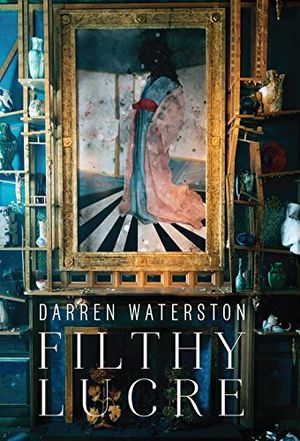
Darren Waterston: Filthy Lucre
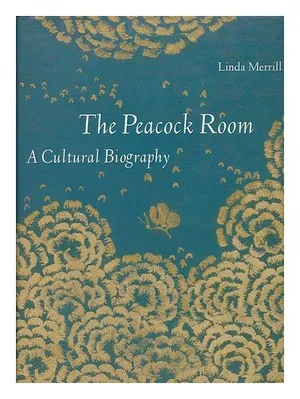
The Peacock Room : a Cultural Biography / Linda Merrill
/https://tf-cmsv2-smithsonianmag-media.s3.amazonaws.com/accounts/headshot/wendy_new-1.jpeg)
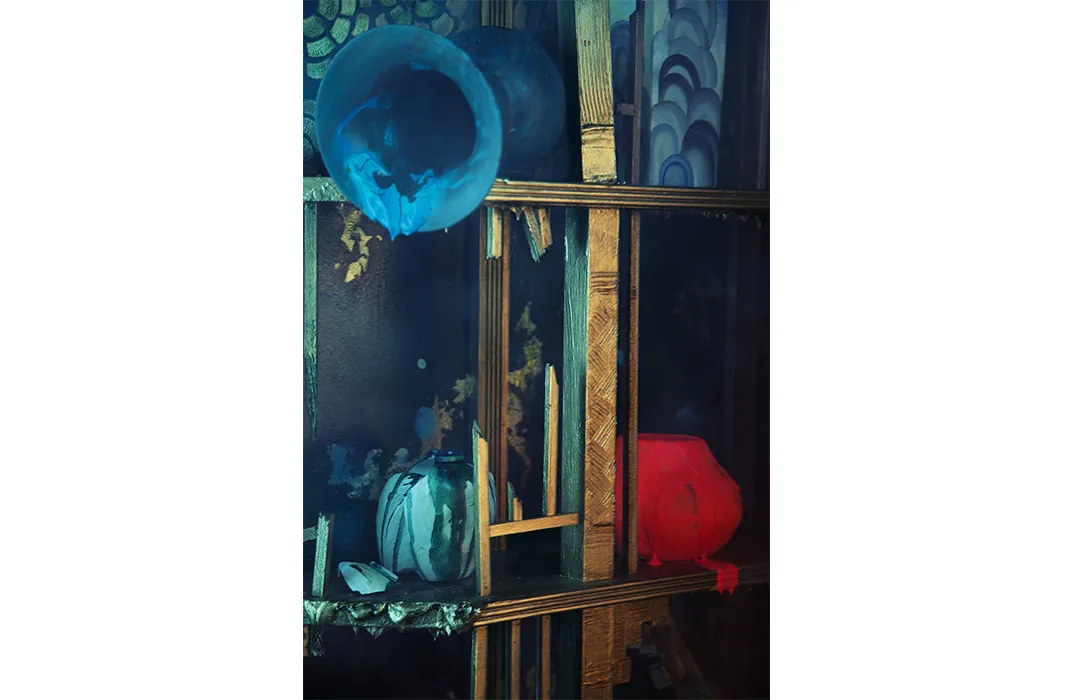
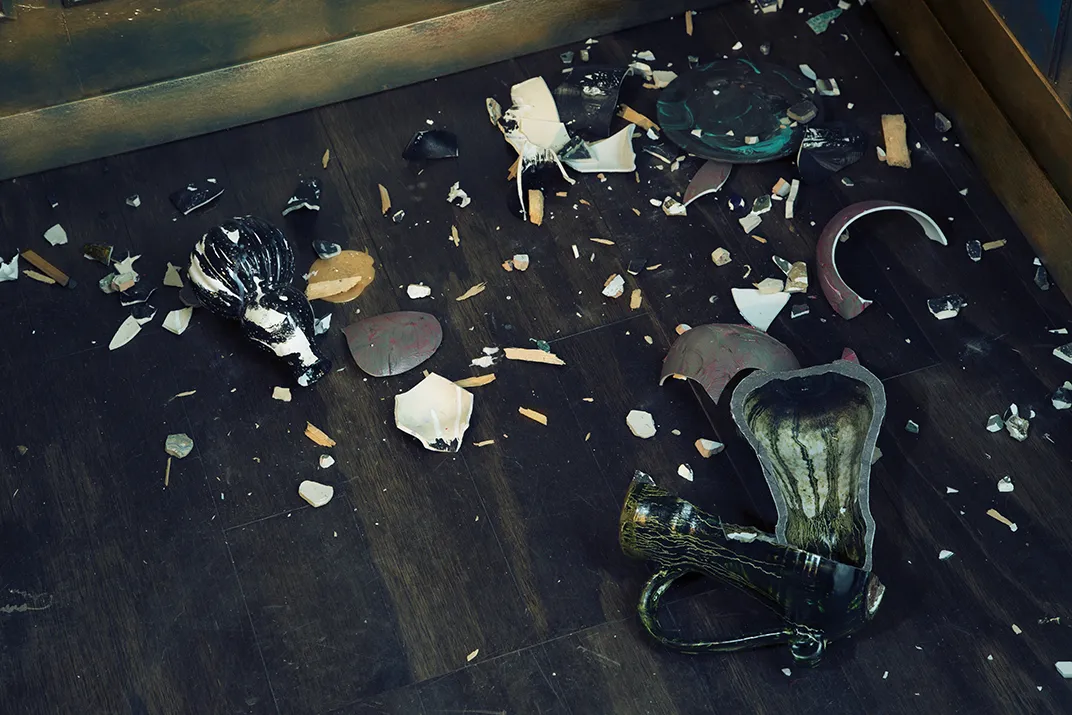

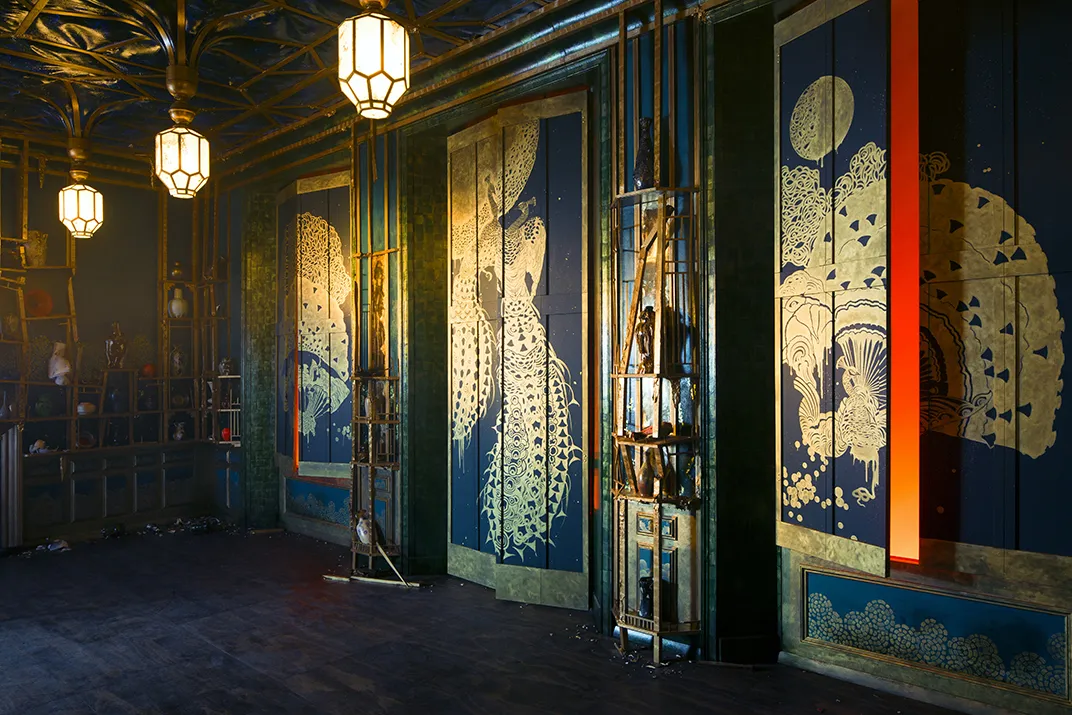
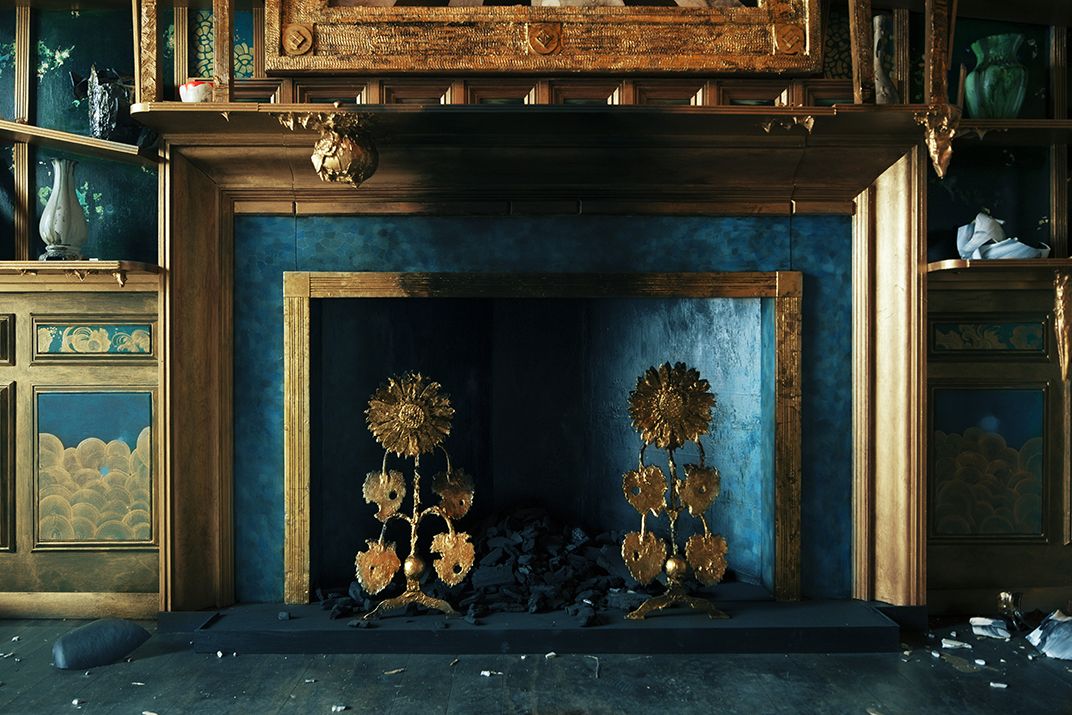
/https://tf-cmsv2-smithsonianmag-media.s3.amazonaws.com/filer/c5/f3/c5f386db-5d5e-4012-a86a-200f297941be/amber-grayrs33190details444hprweb.jpg)
/https://tf-cmsv2-smithsonianmag-media.s3.amazonaws.com/filer/b6/52/b65295b7-8382-4b1a-900c-e539884d599b/amber-grayrs33207shutteredwallcenterpanelpwlsidepanels007hprweb.jpg)
/https://tf-cmsv2-smithsonianmag-media.s3.amazonaws.com/filer/48/b1/48b19c10-cadf-4976-b5ea-189b58c3e7da/hutomowicaksonofilthylucrehw9web.jpg)
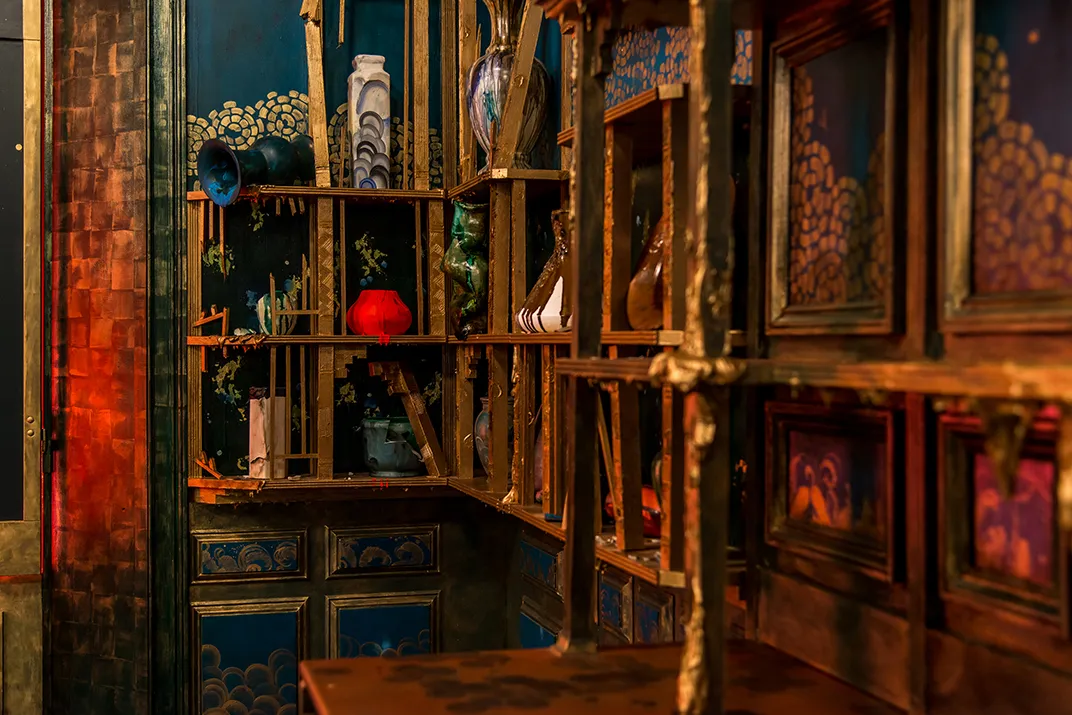
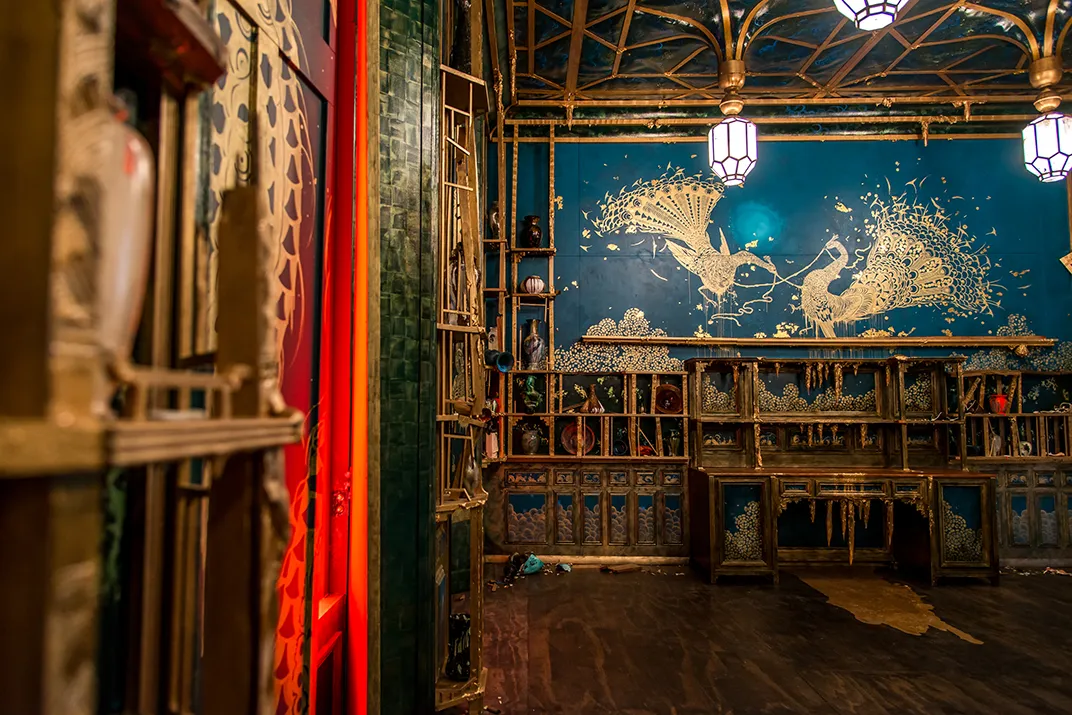
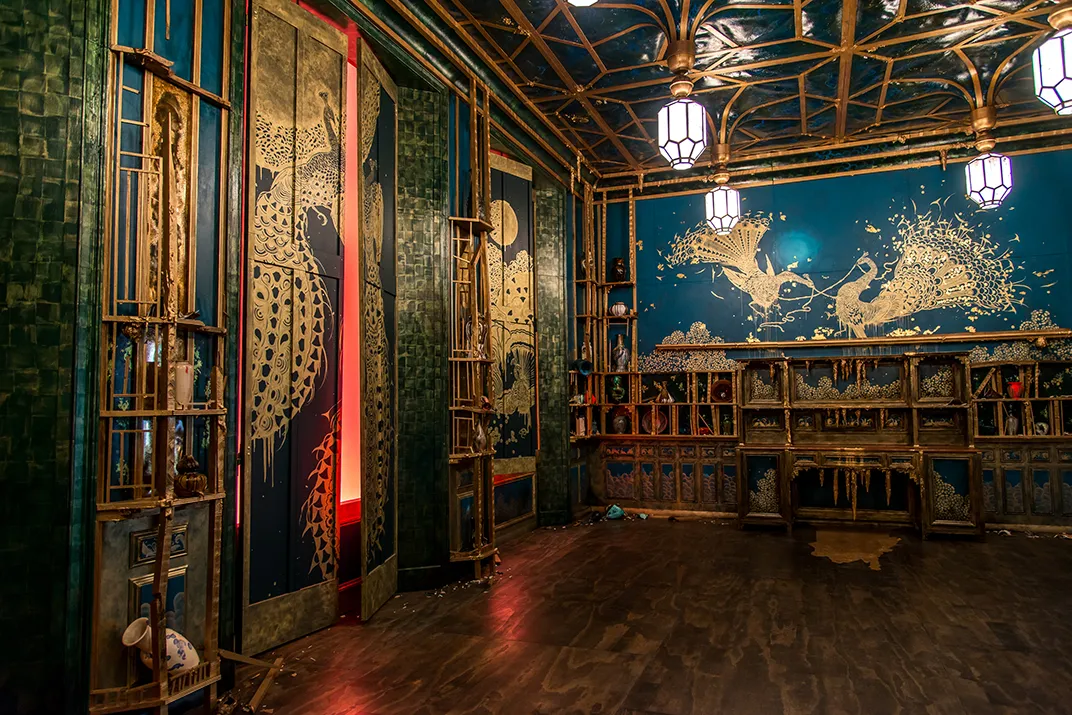
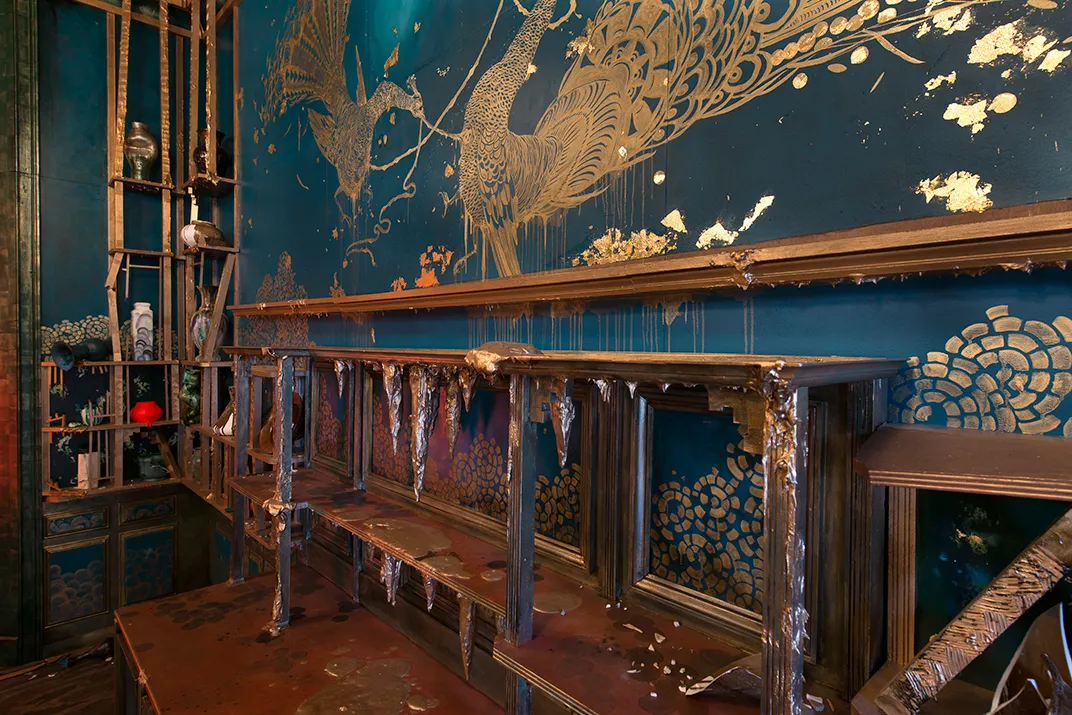
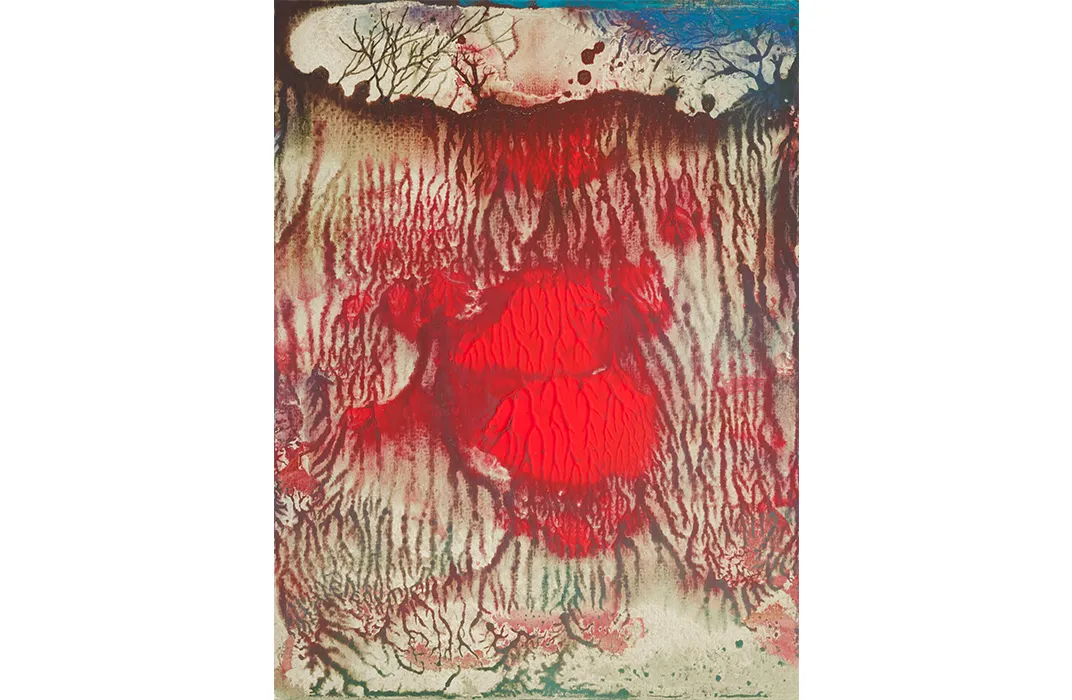
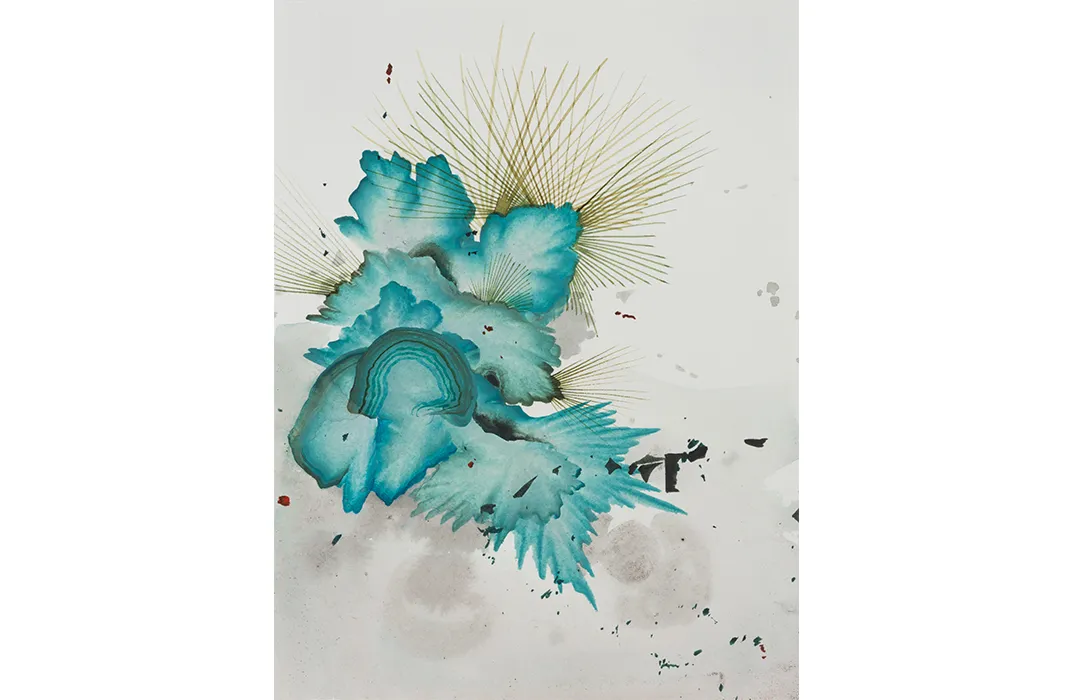



/https://tf-cmsv2-smithsonianmag-media.s3.amazonaws.com/accounts/headshot/wendy_new-1.jpeg)